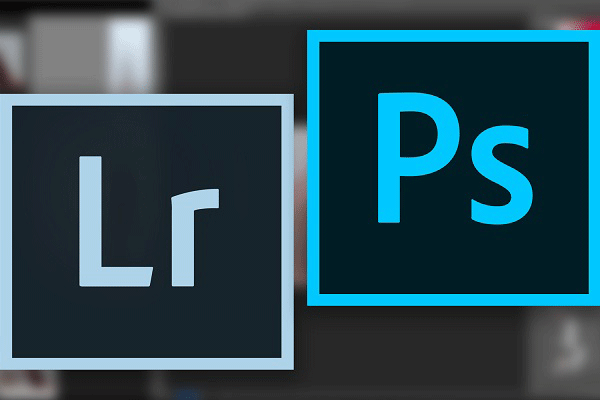A few things are really necessary when it comes to editing software for real estate, interiors, and architectural photography. These include a photo-editing program like Photoshop and a cataloging and library program like Lightroom or Aperture. Working without these apps is a surefire way to spend an unpleasant day, so maybe my experience can help you identify the software that best suits your needs. Although I’ve used Aperture for many years, as of October 2013, Lightroom appears to offer marginally superior raw processing and image quality. But Aperture’s structure and organization are much superior to Lightroom’s.
Adobe Photoshop is an necessary editing software.
This editing software continues to offer unparalleled creative choices. brushes, compositing, color corrections, adjustments, and layers. Even though you can definitely get by without Photoshop, you’ll probably eventually feel frustrated and unable to perform any kind of compositing. The warning here is that learning can be extremely taxing. I would start with just Aperture or Lightroom, which I describe below, if you have never used Photoshop.
Lightroom for Adobe Software
Maintaining Adobe’s dominance in the editing software market, Lightroom software is an excellent tool for cataloging images and provides a range of basic to advanced editing features.
Lightroom and other similar tools are essential because they can produce extremely consistent RAW data from your camera.
This allows you to tweak every last aspect in your photo and stores all of your photos in one location that you can share across all of your devices via the cloud.
Lightroom includes all of the standard editing features you would expect, like exposure, contrast, temperature adjustment, cropping, rotating, and so on, along with some more sophisticated features like dust removal and keystone correction, which are essential for architectural photography.
Photoshop is still necessary if you want to work more deeply into your photos, add more layers, and employ composting techniques to really make your architecture photography pop.
Capture One Software
With its proprietary editing software, which is currently the industry standard for professional photography studios, Capture One Phase One is restraining the tide.
Capture One is the greatest option if you shoot tethered. In terms of speed, it is far superior to Lightroom; you don’t want to be waiting around for your photographs to load while you’re on set.
If you wait 5–10 seconds for each image to load at the end of the day and 300 shots later—even with something as sluggish as architecture—you will have wasted almost an hour waiting for your program to catch up.
This is aimed mostly at the professional market, who want to get as near to the camera as possible and save time by not opening their files in Photoshop. Features like layers and the possibility to create your own LCC profile are part of its appeal.
The Apple Aperture Software
My preferred library and cataloging system is Aperture, but sadly, its raw processing functions are not as advanced as those of Lightroom. The user interface of Aperture is significantly faster and more intuitive. Since I’m trying to extract every last bit of quality from my photos, I’ve been using Lightroom instead of Aperture, which I still really like.
I would suggest Lightroom if you’re willing to put up with a somewhat clumsier interface and take a little longer to accomplish the same tasks as Aperture if you edit a lot of photos or shoot a lot of shots. Though time will tell, I would really want to see Aperture 4 published soon with features to rival LR5. The Aperture app can be downloaded via the Apple App Store.

